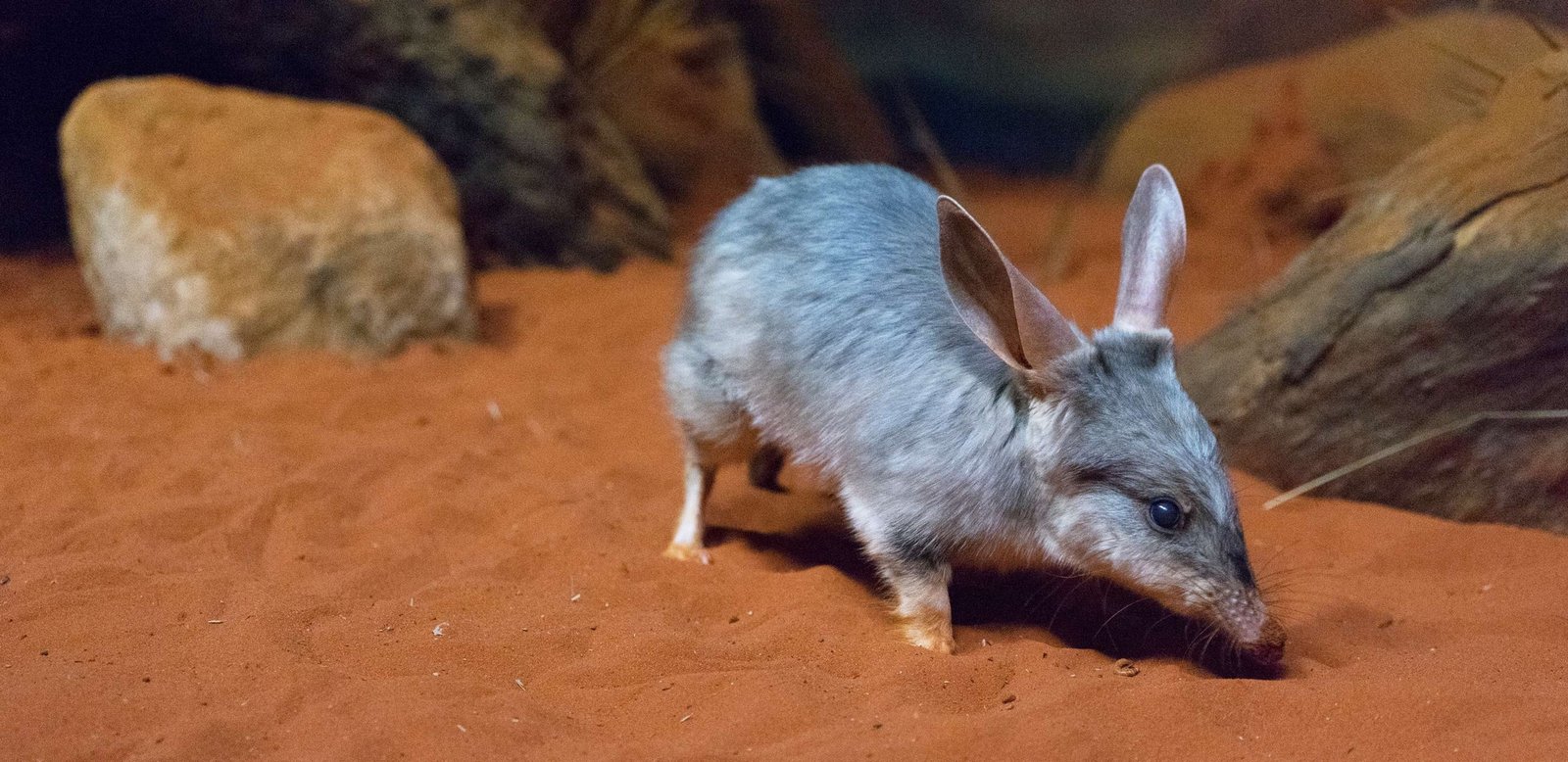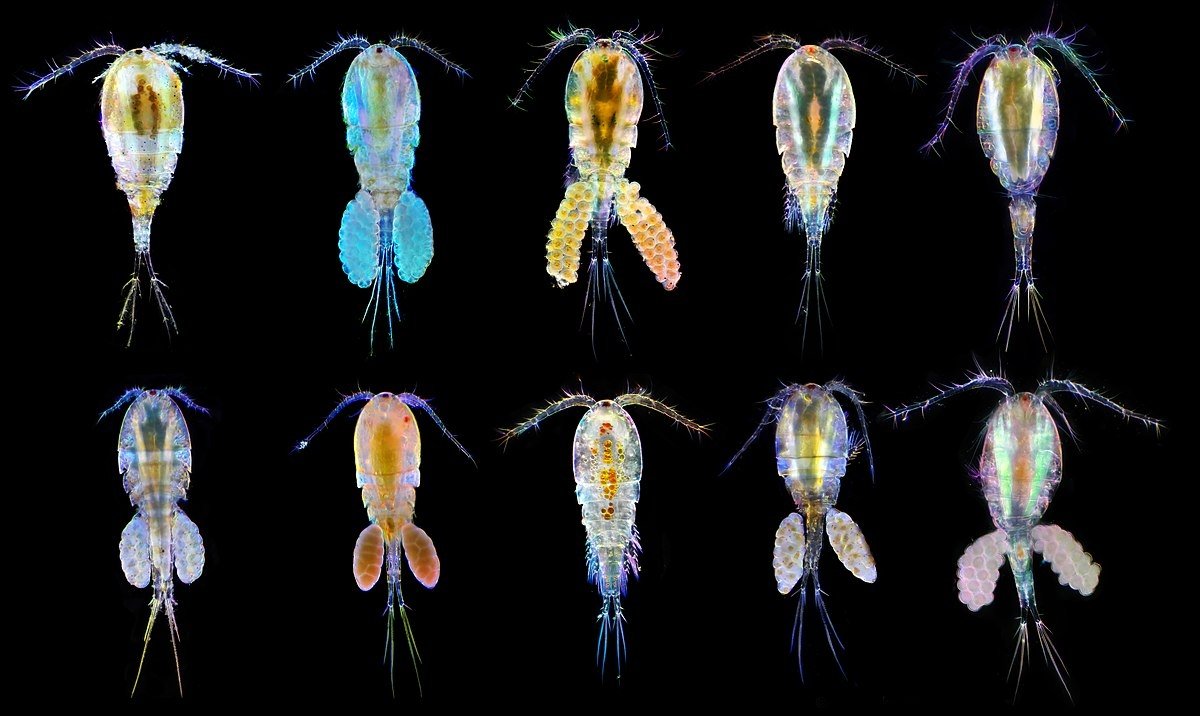In the south of Baja California – a state in Mexico, summers are often scorching hot, with temperatures reaching nearly 38 degrees Celsius. However, even in this harsh environment, tiny animals called Copepods
According to Martha Muñoz, professor of biology at Yale University (USA), said animals are evolving to survive on our increasingly hotter planet.
The reason they can evolve so easily is due to two reasons.
First, larger populations often provide more genetic variation.
Second, bacteria can reproduce up to 6 times a day, creating many cycles of evolution.
Surprisingly, in the animal world there are still many species that can live in dry conditions and high temperatures up to 100 degrees Celsius. Let’s find out what animals they are!
1. African Wild Ass
The African wild ass is a wild member of the horse family.
Additionally, African wild ass have large ears that help them dissipate heat and gray fur that helps reflect bright sunlight.
2. Fox Rüppell
The Rüppell fox is an animal that belongs to the canine fox genus.

Rüppell foxes have developed a number of other adaptations such as a small body for better heat dissipation, a low body metabolism to save energy, and concentrated urine to help reduce water consumption, so they can
3. Greater Bilby Mouse
The Greater Bilby rat, also known as the ground rat, is a family of marsupials with a hybrid appearance between a rabbit and a kangaroo.
Greater Bilby rats are usually active at night and do not need to drink water.

4. Sahara Ant
The Sahara silver ant (Scientific name: Cataglyphis bombycina) is a species of ant in the family Formicidae that lives in the Sahara Desert.
This animal possesses a heat shield consisting of special fur covering the top and sides of its body, with a hairless lower part.
In addition to silver hairs, this ant species also has legs that are much longer than other ants.

5. Water bear beetle
The tardigrade is the animal that makes all creatures on the planet jealous because it can withstand the heat the best on Earth.
This small animal is famous for its ability to adapt to all environmental surfaces: Snow and ice mountains, deep sea bottoms, sand, soil, rocks… in the harshest habitats: Places with absolute zero temperatures (
Scientists believe that this animal can be `immortal` thanks to a protein found only in the body of tardigrades, called Dsup (damage inhibitor protein), which helps protect their bodies from damage.


